Image Carousel with 5 slides
A carousel is a rotating set of images. Use the previous and next buttons to change the displayed slide
-
Slide 1: ALEX I
-
Slide 2: A subject walking in a treadmill wearing Alex 3
-
Slide 3: A subject wearing C-Alex during gait training
-
Slide 4: Subject wearing Solesound
-
Slide 5: A subject walking on a treadmill while wearing the Tethered Pelvic Assist Device (TPAD)
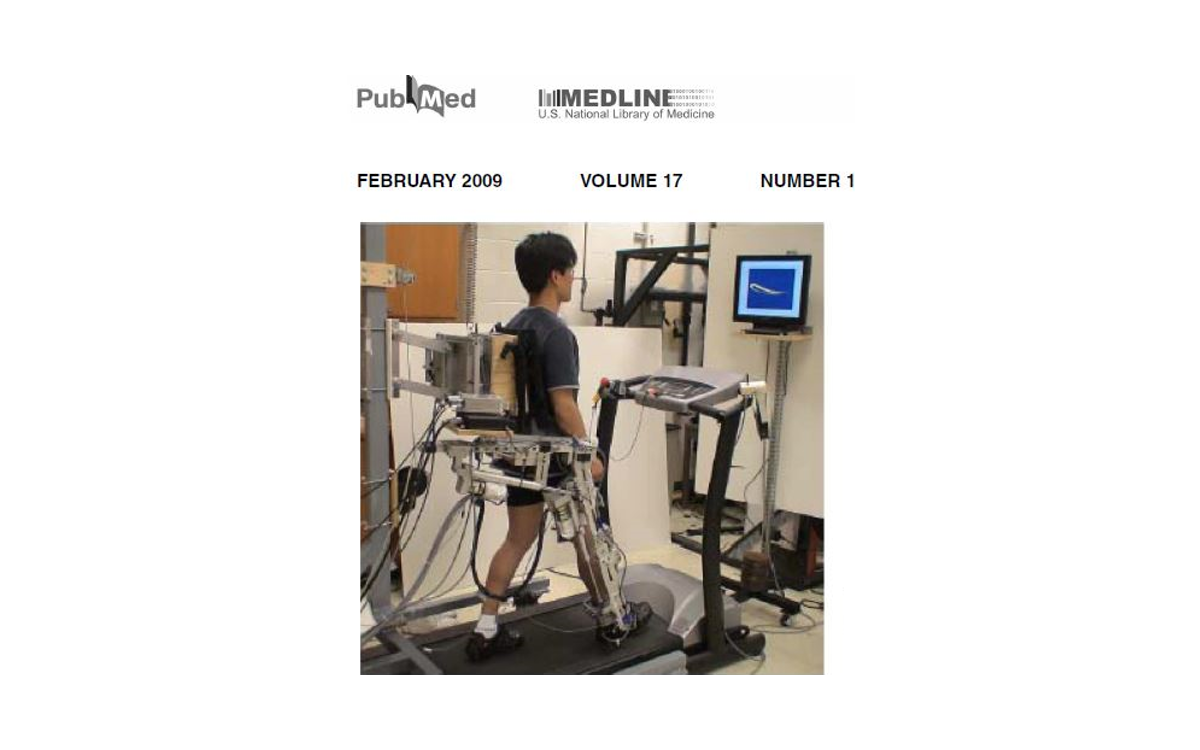
ALEX I
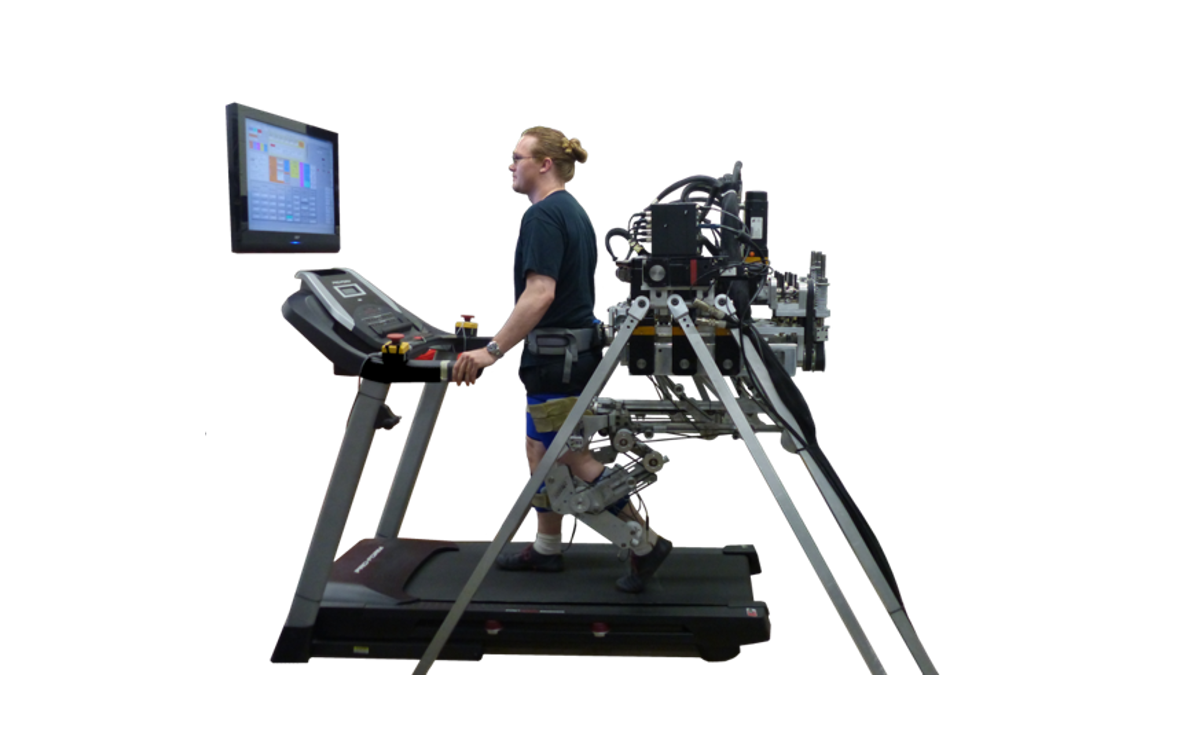
A subject walking in a treadmill wearing Alex 3
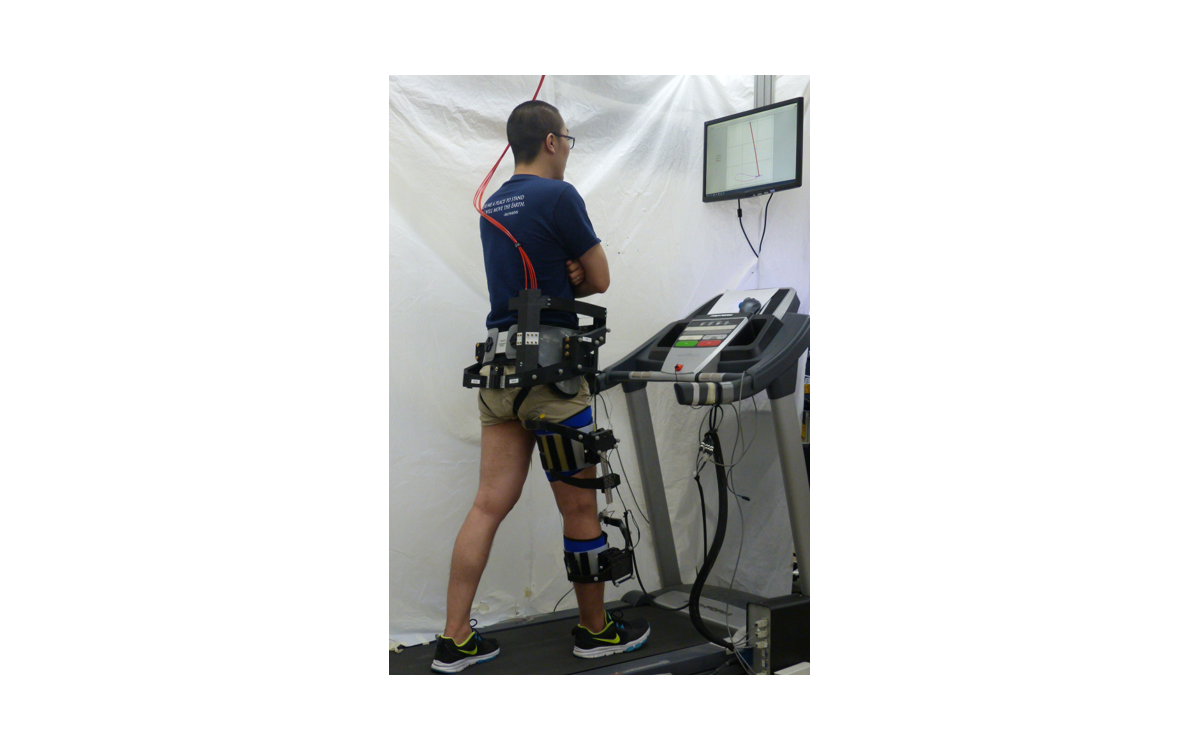
A subject wearing C-Alex during gait training
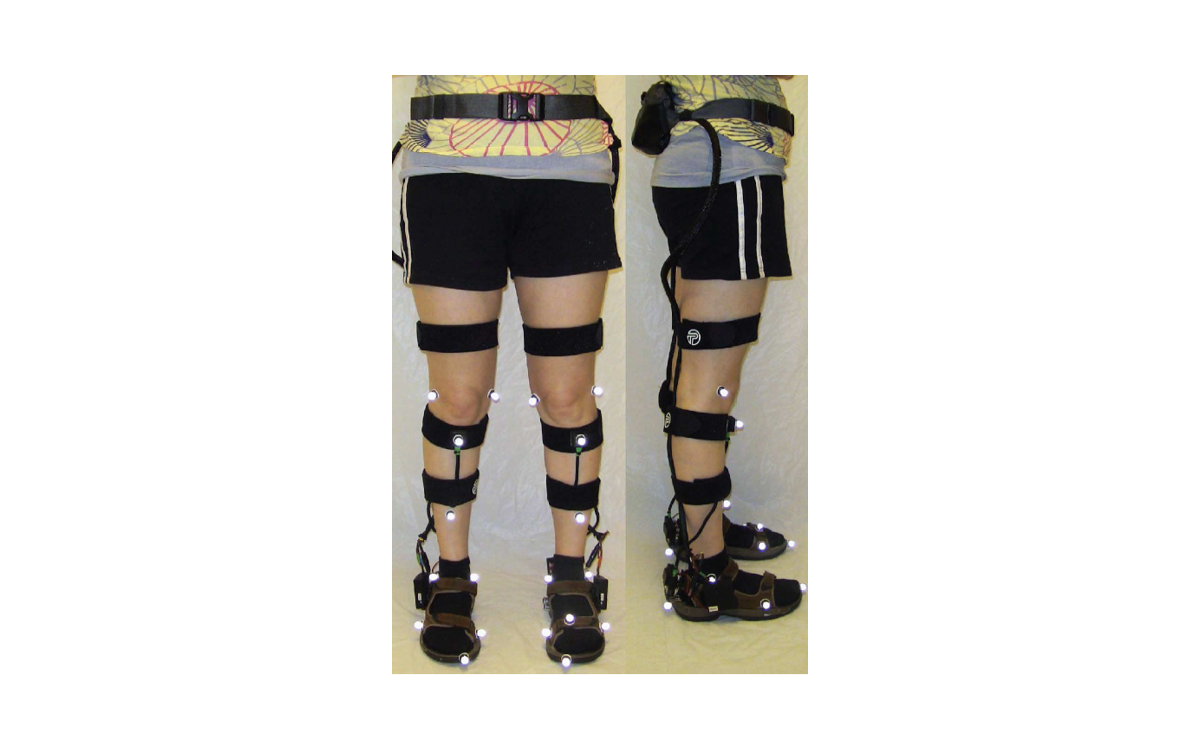
Subject wearing Solesound
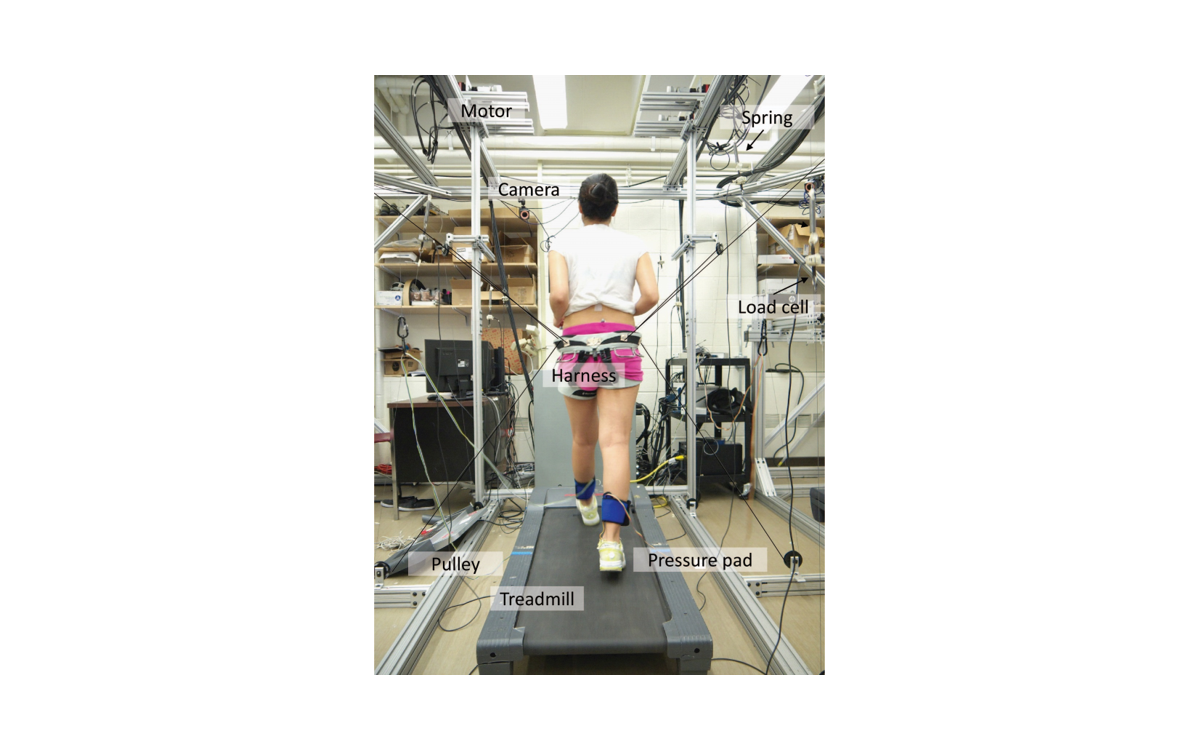
A subject walking on a treadmill while wearing the Tethered Pelvic Assist Device (TPAD)
Background and Target Population
Training Results
Pelvic movement is important to human locomotion as the center of mass is located near the center of pelvis. Lateral pelvic motion plays a crucial role to shift the center of mass on the stance leg while swinging the other leg and keeping the body balanced.
We used our Tethered Pelvic Assist Device (TPAD) to teach subjects to walk with a specified target pelvic trajectory while walking on a treadmill. During walking, a force field is applied to the pelvis to guide it to move on a target trajectory and correctional forces are applied when the pelvis motion deviates from the target trajectory.
With this new control method, subjects were able to learn a new pelvic trajectory and retain the training effect. Even though there was no direct intervention on the lower extremities, the movements of the legs also changed in order to be compatible to the target pelvic trajectory.
Various leg exoskeletons have been designed for gait rehabilitation. The transparency of these exoskeletons is crucial to their effectiveness in gait training. The weight and inertia of an exoskeleton are two important factors affecting its transparency. A study was made with healthy subjects who walked in C-ALEX under three levels of mass added to the leg: (i) no added mass, (ii) 1.8 kg, and (iii) 3.6 kg, and three different setups of C-ALEX: (i) freewalking without C-ALEX, (ii) with C-ALEX, and (iii) with C-ALEX compensating for the weight of the added mass.
The result shows that increasing exoskeleton mass increases step length, decreases step height, and reduces maximum knee flexion. After weight compensation, the step height, and the maximum knee flexion partially restored, but the step length did not, implying that the inertia is responsible for the change in step length. The study demonstrates that compensating for weight alone cannot eliminate the changes due to exoskeleton mass.
Gait training of stroke survivors is crucial to facilitate neuromuscular plasticity needed for improvements in functional walking ability. Robot assisted gait training (RAGT) was developed for stroke survivors using active leg exoskeleton (ALEX) and a force-field controller, which uses assist-as-needed paradigm for rehabilitation.
Two stroke survivors participated in a 15-session gait training study each with ALEX. The results show that by the end of the training the gait pattern of the patients improved and became closer to a healthy subject’s gait pattern.
Quantitative gait analysis enables clinicians to evaluate patient mobility and to diagnose neuromuscular disorders. The clinical application of gait analysis is currently limited by the high operating costs of gait laboratories. The use of instrumented footwear that performs out of the lab measurements on subjects’
walking patterns is a promising way to overcome this limitation.
SoleSound is a fully portable instrumented footwear that can measure spatiotemporal gait parameters and deliver action-related audio-tactile feedback. Using a reference system, we assessed the performance of SoleSound. The mean accuracy and precision were 2.93 cm for stride length, 0.70 cm for foot-ground clearance, 1.54 cm for step width, 4.53 cm for foot trajectory and 4.33 deg for ankle plantar-dorsiflexion angle.
